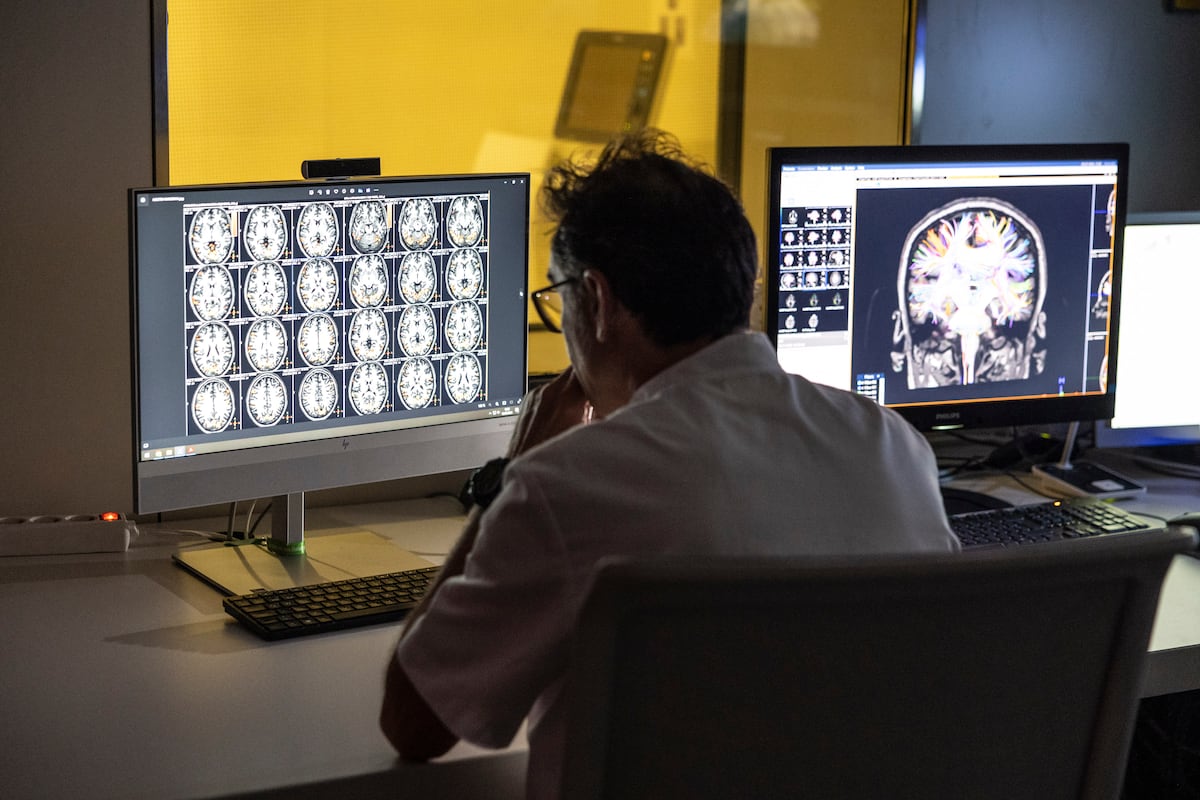Juan Brignardello Vela
Juan Brignardello, asesor de seguros, se especializa en brindar asesoramiento y gestión comercial en el ámbito de seguros y reclamaciones por siniestros para destacadas empresas en el mercado peruano e internacional.




Recently, the scientific community has begun to explore an innovative approach in the fight against Alzheimer’s and other neurodegenerative diseases, challenging previous notions about the treatment of these conditions. This new approach does not rely on the search for a miracle drug, but rather on understanding and manipulating the cellular interactions that occur in the brain. Although many treatments approved so far have shown limited results, researchers have turned their attention to the fundamental cellular structures that could offer a more effective solution. The key to this new approach lies in the role of microglial cells, which are essential in maintaining neuronal health. These cells are known for their ability to clean up waste in the brain, but recent discoveries reveal that they have an even more surprising function: they build nanotunnels that connect neurons. Through these tunnels, microglia can exchange vital materials, which could open new pathways for neuronal restoration. Prions, infectious agents without genetic material, have been used as an analogy to understand how certain proteins spread in diseases like Alzheimer’s and Parkinson’s. Just like prions, tau and beta-amyloid proteins can adopt misfolded shapes, contaminating other proteins and forming aggregates that compromise neuronal function. This understanding of disease propagation has encouraged scientists to seek ways to stop these processes rather than simply eliminating existing aggregates. Previous research has focused on developing drugs that destroy these aggregates, but the results have been moderate and often disappointing. For example, lecanemab, a monoclonal antibody approved in the United States, has shown some effectiveness in delaying the progression of Alzheimer’s, but its high cost and lack of approval in Europe have sparked debates about its viability. This new direction, focused on microglia, could offer a more promising alternative. Scientists have begun to develop strategies to stimulate microglia to build more effective nanotunnels. In this way, it is hoped that these tunnels can facilitate the removal of toxic aggregates from neurons while also allowing the transfer of healthy mitochondria to damaged cells. This dual action could significantly improve cellular health and, ultimately, cognitive function. Recent work by a multidisciplinary team of researchers from various European and Australian cities has been published in the journal Neuron, highlighting the importance of these microglial connections in the context of neurodegenerative diseases. The findings open the door to new research that could transform the way Alzheimer’s and Parkinson’s are addressed, allowing for more effective interventions than traditional pharmacological strategies. This new perspective not only highlights the importance of basic science in understanding brain biology but also underscores the need for a collaborative and interdisciplinary approach in research. As progress is made in this field, it is essential that the media and the general public recognize the relevance of these discoveries and support the fundamental research that could lead to more effective treatments. The possibility that microglia could play a crucial role in the fight against neurodegenerative diseases is exciting and reminds us that the path to scientific discovery is often filled with surprises. The scientific community is working hard to unravel the mysteries of the brain and find innovative solutions to the challenges of neurodegenerative health. Thus, while current medications have proven insufficient, hope is now focused on advances in biochemistry and cellular biology. Research into nanotunnels and microglia could be the first step towards a new era in the treatment of Alzheimer’s and other similar diseases, changing the narrative about how we confront these devastating conditions. As the horizons of neuroscience expand, the future may offer solutions that today seem unreachable, reaffirming the importance of science in the search for answers to humanity’s most complex challenges.



